AI research is becoming more advanced and much of that research revolves around the use of Artificial Intelligence (AI) in Natural Language Processing (NLP) and Visual Language Processing (VLP).
Both NLP and VLP can benefit from the recent advances made with visual AI technology. Such as being able to ingest images along with many other feature types into your dataset, which enables innovation in new ways by using diverse data types.
Various AI researchers have been wondering if these two technologies can be combined with each other and what the impact would be on AI research and future advancements.
This article will explain how visual AI technology is progressing and what benefits it provides to companies and consumers while also describing how NLP can benefit from the advancement of visual AI.
How Visual AI Advances NLP and VLP
When visual AI is combined with NLP or VLP the results are impressive. For example, when you have images to help inform your models it helps create a more in-depth understanding of your data. This increased understanding can help determine outcomes much more accurately as well as be used for image classification to understand what an image contains.
Visual AI is a technology that allows for unlimited possibilities with your datasets on any feature types you can imagine, including both NLP and VLP. This enables companies to get a more rounded perspective of their data without needing to rely solely on one type of data like text or images. For example, if a business is trying to find out information about who their customers are, they can use images along with any other feature type in their dataset.
This helps create more accurate customer profiles and uncover new features for more targeted outreach based on this data as well as make it easier for them to automate business processes using AI
Visual AI is a technology that is being used by both NLP and VLP researchers for their own purposes, such as Facebook’s DeepText and Google’s Smart Reply respectively.
Visual AI: The Future of Language Understanding
Visual language processing is a subset branch of an artificial intelligence field that focuses on the creation of new algorithms designed to allow computers to more accurately understand images and their contents.
While NLP and VLP are already a part of everyday life, with NLP being used in search engines like Google or Siri for voice recognition and VLP being used by autonomous vehicles like drones, the advances made in visual AI open up new possibilities. For example, imagine a drone that is able to identify and avoid hazards that are on its path.
The advancement of visual AI is also providing new possibilities for NLP and VLP with advancements in machine learning and computer vision helping create more advanced language understanding tools. As well as the development of algorithms that allow for autonomous fluid conversational systems, like Facebook’s DeepText.
This technology could play a huge role in future advancements by helping us move forward with new tools and capabilities that help further the ability of AI in areas like customer service, healthcare, or other fields.
The Power of Visual Language Processing
Imagine a world where you can create an entirely new operating system just by describing it out loud. That’s what happened to Google Research Programmer Jacob Schreiber when he was working with Google’s Smart Reply Technology and using that technology to understand how to build a basic version of Chrome OS in just his voice. And that’s just one example of the possibilities that visual language processing can bring in the future.
Visual language processing provides a host of advantages over text alone, such as allowing for an increase in understanding accuracy through contextual information and providing additional examples to base machine learning on. For example, instead of relying only on text or images to create a self-driving car, customers can provide data about what they do in a day along with images or videos of the routes they take.
Visual language processing also provides tools and techniques that make developing these types of systems more accessible even to non-programmers thanks to advancements in natural language understanding (NLU). This allows you to create conversational interfaces for your programs without needing to have a background in programming.
How is Visual AI Being Used?
The biggest area that visual language processing that has been used so far is in customer service, where it can be used to monitor and analyze social media posts for sentiment analysis or automatically follow up on text messages without the need for human intervention. The technology can also be
There are specific industries that have already adopted visual AI to great effect, including gaming, healthcare, and customer service.
Gaming
One of the most popular examples of how these types of systems are being used is found in video games. Microsoft’s research into using visuals combined with NLP for understanding player dialogue has given them a huge leg up in the gaming industry.
Their new game State of Decay 2 provides an example of how this technology can be used, with players able to talk with any character in the game as if they were talking to a real person thanks to Microsoft’s AI advancements.
Healthcare
Visual language processing has also been developed into software that is able to do analysis on medical images like MRIs for doctors, saving them from having to spend a lot of time looking through and analyzing thousands of images.
Customer Service
One of the biggest areas that visual language processing that has been used so far is in customer support operations. Some examples include companies like Taskbob being able to provide customer support with little or no human input by automatically following up on text messages from customers and companies like Aira being able to provide the blind with information about their surroundings through images that are taken of objects around them.
What’s Next?
The advancement of visual language processing will continue to benefit NLP and VLP, as well as helping develop automated systems that can help us with customer service, healthcare, and much more.
As technology continues to improve and become more accessible, it will make the job of developing these types of applications easier even for people without a background in programming or machine learning. The days where NLP was limited to text alone are almost gone thanks to advancements in visual language processing that now allow us to have a better understanding of the world around us. To learn more about Visual Ai and how it is impacting the industry, reach out and Speak with Martin at NextGen today.
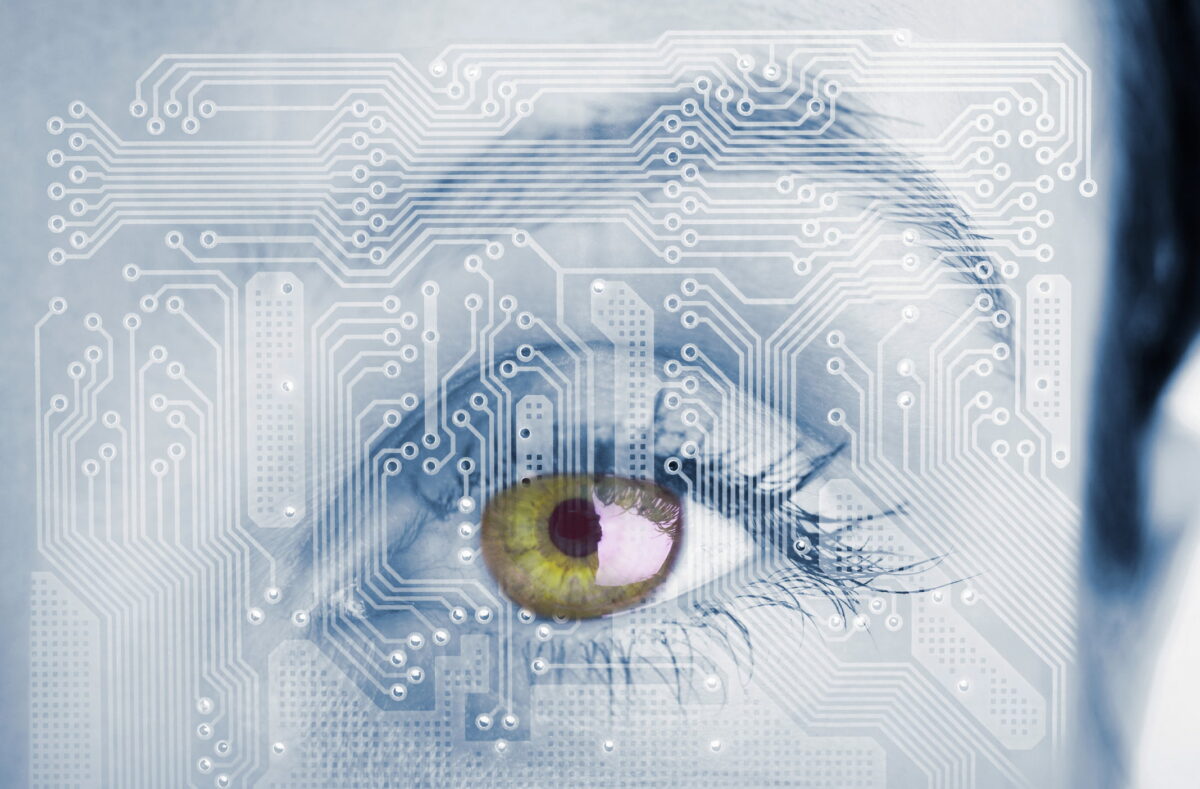

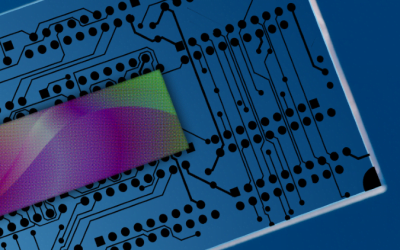
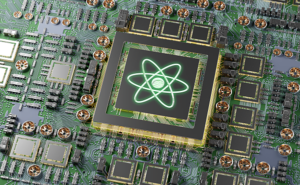 This involves nano-particles that are constructed of immune-system-friendly materials, implanted with drugs and sent to the targeted areas of the body. Owing to their small size, they can effectively target only the areas that are disease-ridden; dysfunctional parts of the cells as opposed to the entire cells, or whole organs.
This involves nano-particles that are constructed of immune-system-friendly materials, implanted with drugs and sent to the targeted areas of the body. Owing to their small size, they can effectively target only the areas that are disease-ridden; dysfunctional parts of the cells as opposed to the entire cells, or whole organs.
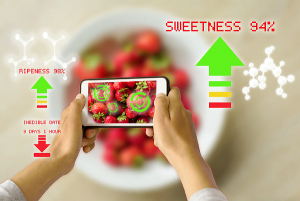 The company Niantec offers a smartphone app that gives you information about the places you visit. “The application was designed to run in the background and just to pop up,” says the narrator.
The company Niantec offers a smartphone app that gives you information about the places you visit. “The application was designed to run in the background and just to pop up,” says the narrator.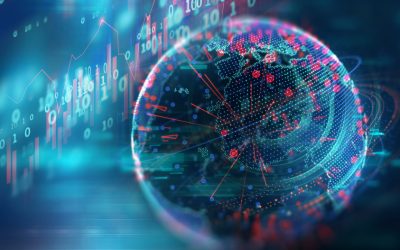
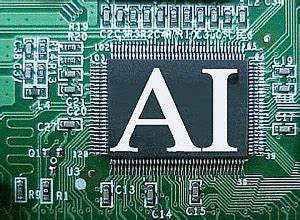 That’s how NASA brought the Apollo 13 crew home. Smart people used intelligent methods to limit the power consumption in the spacecraft to direct energy to where it was most needed. Many people credit the contracting firm Kepner-Tregoe and their problem analysis method for saving the astronauts. And who hasn’t seen the movie “Apollo 13” directed by Ron Howard?
That’s how NASA brought the Apollo 13 crew home. Smart people used intelligent methods to limit the power consumption in the spacecraft to direct energy to where it was most needed. Many people credit the contracting firm Kepner-Tregoe and their problem analysis method for saving the astronauts. And who hasn’t seen the movie “Apollo 13” directed by Ron Howard?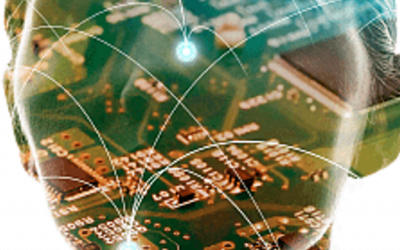
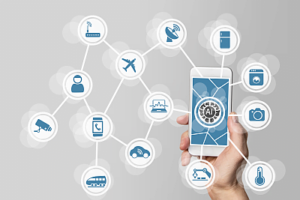 In order to enable these functionalities we are recently witnessing the rise and proliferation of IoT applications that take advantage of Artificial Intelligence and Smart Objects. Smart objects are characterized by their ability to execute application logic in a semi-autonomous fashion that is decoupled from the centralized cloud.
In order to enable these functionalities we are recently witnessing the rise and proliferation of IoT applications that take advantage of Artificial Intelligence and Smart Objects. Smart objects are characterized by their ability to execute application logic in a semi-autonomous fashion that is decoupled from the centralized cloud.